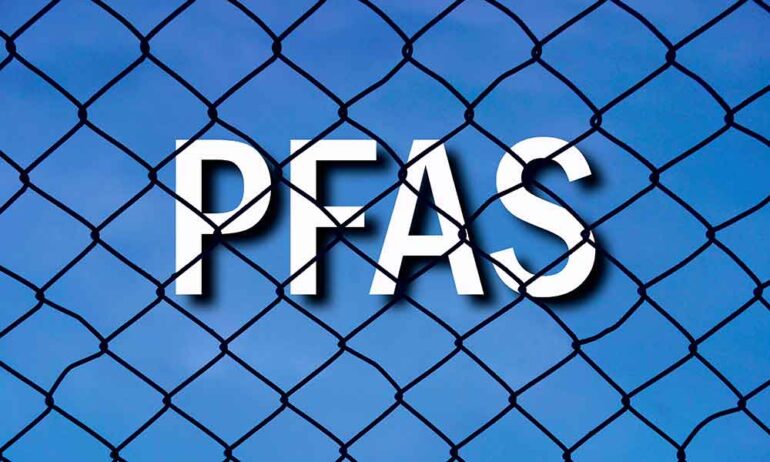PFAS ban must overcome legal obstacles
25th May 2025
EUROPE: As industry awaits a decision on proposed PFAS restrictions, which could ban most current refrigerants, a leading law firm has raised doubts over the viability of such a ban.
The PFAS proposals submitted to the ECHA in 2023 by Germany, the Netherlands, Norway, Sweden and Denmark, call for a ban on all PFAS substances under a definition that would include practically all HFC and HFO refrigerants, as well as the fluoropolymers used in a number of critical refrigeration components. These components include vital gaskets and other sealing systems, electrical and electronic components, and wear-resistant coatings.
The impact of a PFAS ban on fluorinated gases, is currently being considered by the ECHA’s risk assessment committee (RAC) and socio-economic analysis committee (SEAC). The RAC committees broadly supports the proposal in principle but the opinion of the SEAC committee is not expected until the end of this year at the earliest. The entire decision-making process is not expected to be completed until 2028.
As the European air conditioning, refrigeration and heat pump industry awaits an outcome, Fieldfisher, a leading Brussels-based business law firm, has raised what it sees as a number of legal flaws in the proposals.
Writing on the company’s website, Maria Beatrice Grassi, a lawyer with Fieldfisher’s EU regulatory, trade and competition law department, argues that the scope of the proposals raise fundamental issues of enforceability, proportionality and legal certainty.
The proposal, which includes any substance that has at least one fully fluorinated methyl (–CF3) or methylene (–CF2–) group, would see restrictions/bans on virtually all the current HFOs, HFCs and HFC/HFO alternative refrigerant blends.
“This definition omits standard chemical identifiers, such as CAS or EC numbers, which are typically required for regulatory clarity and enforceability,” Grassi writes. “Critics argue that this “one-size-fits-all” approach presumes uniform hazard and risk across thousands of chemically diverse PFAS substances—an assumption that even ECHA’s RAC has acknowledged is scientifically questionable.”
Grassi argues that this approach raises fundamental issues of enforceability, proportionality, and legal certainty – core principles under Annex XV of the European REACH (Registration, Evaluation, Authorisation, and Restriction of Chemicals) regulation.
“The hazard assessment relies heavily on generalised claims of persistence and extrapolation from a few well-known substances, such as PFOA and PFOS, to thousands of distinct PFAS compounds, often without substance-specific data. The dossier also overlooks critical gaps in exposure and emissions data, particularly during waste treatment and article use phases, and provides only a superficial analysis of actual use patterns across sectors.”
Fieldfisher asserts that the restriction’s justification is largely based on persistence alone, without sufficiently demonstrating concurrent toxicity or mobility—criteria that typically underpin restrictions under REACH. It claims that this legal basis is debatable and may not withstand judicial review.
The legal firm argues that the proposal also risks regulatory overlap with other existing regulatory instruments, such as the F-gas regulation and the POPs regulation and Stockholm Convention on persistent organic pollutants.
Further, it considers that the broad scope and untested definitions undermine the ability to measure effectiveness or track compliance.
“The process of granting derogations appears opaque and inconsistent, with some sectors receiving temporary exemptions and others excluded without clear justification,” Grassi writes. “These accumulated deficiencies suggest that, as currently drafted, the proposal may fall short of delivering proportionate, effective, and legally robust outcomes.”
The REACH regulation, itself, is currently undergoing revision, with anticipated reforms adding a further layer of regulatory uncertainty for the PFAS restriction.
“Any changes to REACH’s foundational framework could directly affect how group-based restrictions are defined, justified, and enforced—casting further doubt on the proposal’s long-term legal and operational viability.”







